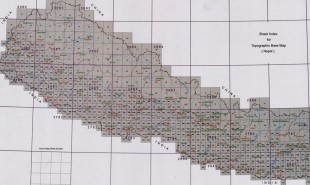
During a humanitarian crisis, first response units and NGOs rely heavily on hastily sourced information to enable them to begin vital rescue missions. In the past — after Typhoon Haiyan in the Philippines for instance — essential documents such as maps, population densities and climate data were gathered from the government. Often these were in unusable formats, needing to be processed and retyped, and costing valuable time as a result.
Now, the UN and global design firm Frog have collaborated to create a comprehensive platform which coordinates all of that data on a single website. HDX — short for Humanitarian Data Exchange — enables separate humanitarian organizations to work together by creating a single data source which they can utilize and add to, saving crucial time and resources. The interface itself is user-friendly and intuitive, making data collection and analysis far more straightforward.
HDX collates all the relevant data on a crisis and transforms the source material into standardized, editable formats which can be downloaded for public use. Approved organizations can also upload useful data to share with others. HDX, first used during the Ebola crisis in Africa, is now being deployed to streamline rescue missions in Nepal. The data changes as the crisis progresses, so the website is currently primarily hosting geospatial data — helping humanitarian organizations identify where roads, hospitals, and helicopter landing sites are.
How else could organizations collaborate to improve disaster relief?
Website: www.data.hdx.rwlabs.org
Contact: hdx.feedback@gmail.com




